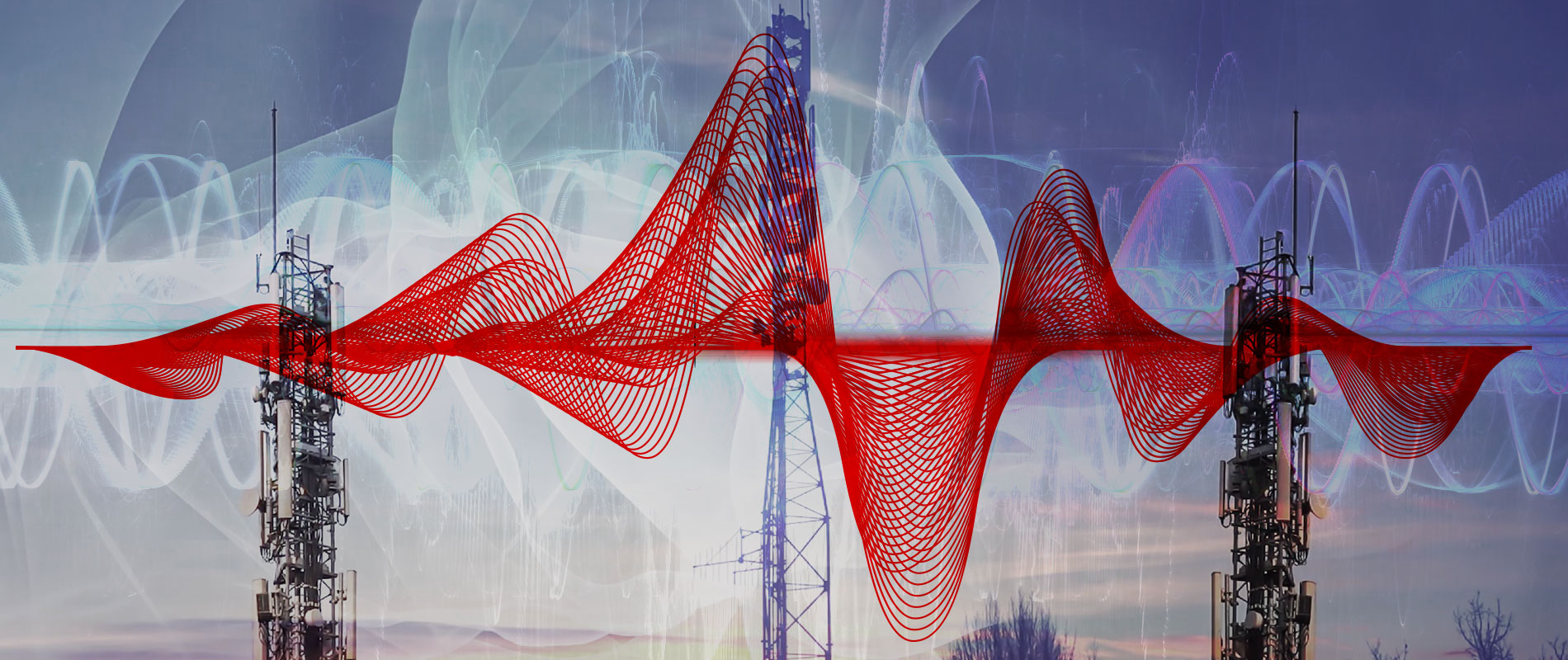Why is radiofrequency pollution problematic for IOT?
Radiofrequency noise pollution is everywhere. And it is interfering with the Internet of Things.
The problems of RF pollution fall into four categories.
- It increases the cost of deploying wireless systems while it reduces the battery life of handsets.
- RF pollution creates various levels of interference across a range of frequencies.
- interference does not—but should—figure in policies on how best to share spectrum. The more interference you have, the more spectrum you’ll need in order to transfer a given amount of information. So in practice, wireless channels do not always achieve the data rates they were designed to achieve.
- It is expensive to trace RF pollution to a source. When you do, it is often challenging to get offenders to stop offending.
The new developments that are coming in the future for the Internet of Things is going to make things worse. It will do so by adding complex RF-control chips to countless common devices, like door locks, light switches, appliances of every type, our cars, and maybe even our bodies. Each of these chips is a potential source of noise. Plenty of technological fixes are available, but the huge number of chips means that manufacturers will be more reluctant to add costly shielding and other noise-muffling features to their products. Silence is golden: It costs money to get it.
From static to silent
Man-made electronic noise had been a problem for nearly half a century, having started with the inauguration of commercial radio transmissions.
With the invention of a method of suppressing RF noise in 1927, it was possible to listen to a car radio while the engine was running. By the end of the 1930s, 20 percent of all cars in the United States had built-in radios—which means that 80 percent were presumably not noise suppressed.
Nevertheless, the RF noise problem is increasing. Although most devices pollute less than their predecessors, we have far more of those devices. Other sources, such as the power grid, are expanding as wind farms and solar households connect to it. Such devices need to switch large amounts of DC power at a 60-hertz or an even faster rate whenever they feed excess generated power back into the grid. If not done properly, this could also feed large amounts of noise into the power grid. This risk is magnified when the solar and wind systems operate without expert maintenance inside millions of ordinary homes.
At the same time, today’s machines are more sensitive to noise than ever before. Many new wireless systems, including smartphones, are designed to operate with the lowest possible power while still providing their intended function. This means that just a little more noise interference can decrease the coverage area.
Unwanted transmissions can be inherent in the design of a device, such as a microwave oven, whose RF cooking energy also contains a large amount of RF noise. Imperfect shielding can allow this energy to leak out and interfere with other RF devices. Noise can also result from a partial failure in a device; for example, a tiny break in the ground shield around an insulator in a high-voltage power transmission system. Such a mishap creates an inadvertent transmitter, broadcasting at unpredictable frequencies, in unknown locations and at unexpected times.
No one really knows whether outdoor noise has increased or decreased in recent years. The same goes for measurements made indoors, where many wireless devices are found today. In fact, the question of noise levels inside buildings is particularly bothersome. The average middle-class home is now full of noise-generating electronic devices, such as laptop power supplies, LED light controls, and defective electronic equipment.
Cutting through the clutter
Let’s say that RF noise is wreaking havoc with your cell phone reception. How would you know it? That’s just the problem. You probably wouldn’t.
Modern emitters of radio signals, with their exotic digital modulation schemes, don’t usually leave a clue as to exactly why they’re malfunctioning. Older systems were much more transparent: “That sounds like a car engine interfering with my signal.” And automatic error correction or retransmission schemes may completely hide the interference from the user. The only hint of its existence may be a reduction in performance or that the battery in your cell phone goes dead faster than it should. Therefore, even if we had a rich database of consumer complaints—and we don’t—it might not help us get to the bottom of things.
To begin to solve the problem, we need to amass statistics on a broad scale. We have to determine where and when RF noise usually appears and at what frequencies, and tracing its source. We need samples in many regions to account for differences in equipment and practice, building codes, weather, and terrain.
A man from Boulder, CO built a new house with LED lights in his kitchen ceiling that were connected to a dimmer switch. Several of his neighbors began to notice that their garage door openers sometimes weren’t working very well. After several weeks, the man established a clear correlation between the neighbors’ garage doors and his kitchen lights. After trying and failing at several attempts to fix the problem, he just replaced the dimmer switch with a simple on-off switch, and the noise apparently disappeared. Nobody made any measurements. The local Federal Communications Commission officials did not want to know about it. Was this a faulty dimmer switch or just a poor installation? If the switch itself was to blame, are there millions of these dimmers causing interference in the United States and throughout the world?
The role of regulations
If we had the relevant noise database in hand, it would be theoretically possible to revise today’s regulatory standards and even to extrapolate, from the data, how those standards will have to change a decade from now. The challenge is in establishing a reasonable balance between the costs and benefits of such standards. However, the needed data is almost totally missing because there is only a very small database to work from. No one can’t prove whether or not the problem is widespread.
One change that’s clearly needed is in the way the regulators in most countries allocate the electromagnetic spectrum. Today regulators tend to worry only about interference from an identified transmitter—say, a radio station—while ignoring noise. Yet noise can be far worse than the identified interference.
Regulators should decide this question, at least in part, by considering how much the communications of today’s users would be degraded if new users were allowed to share in the spectrum. This will help to achieve the best trade-off between having some RF pollution that causes minimal interference due to spectrum sharing versus the expectations of an empty spectrum.
Even if you’ve never lost a television signal to an electric toothbrush or a cellphone call to a malfunctioning transformer, you still shoulder some of the cost of such noise pollution. That’s because you depend on wireless systems—and those systems must be engineered to handle ever-increasing levels of noise. The problem only grows with the proliferation of electronic devices and the ever-finer sharing of smaller and smaller pieces of the spectrum. No masterstroke can quell noise. Because the problem has to do with both design and maintenance, it incorporates an element of chance, and it is difficult to isolate from other causes of interference.
Making technology work together
The lack of the most basic data on the extent of the problem is unacceptable. We need that data and also a better understanding of the role that noise plays in wireless communications before we can strike the right balance between the costs and benefits of noise suppression.
As technology continues to advance on a day-to-day basis, regulations must be set in place to ensure that minimal interference occurs between devices. With the exponential increase in the number of noise-generating devices and of wireless systems, RF pollution will become a very expensive problem—unless we act now.




